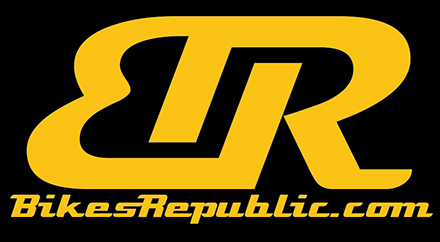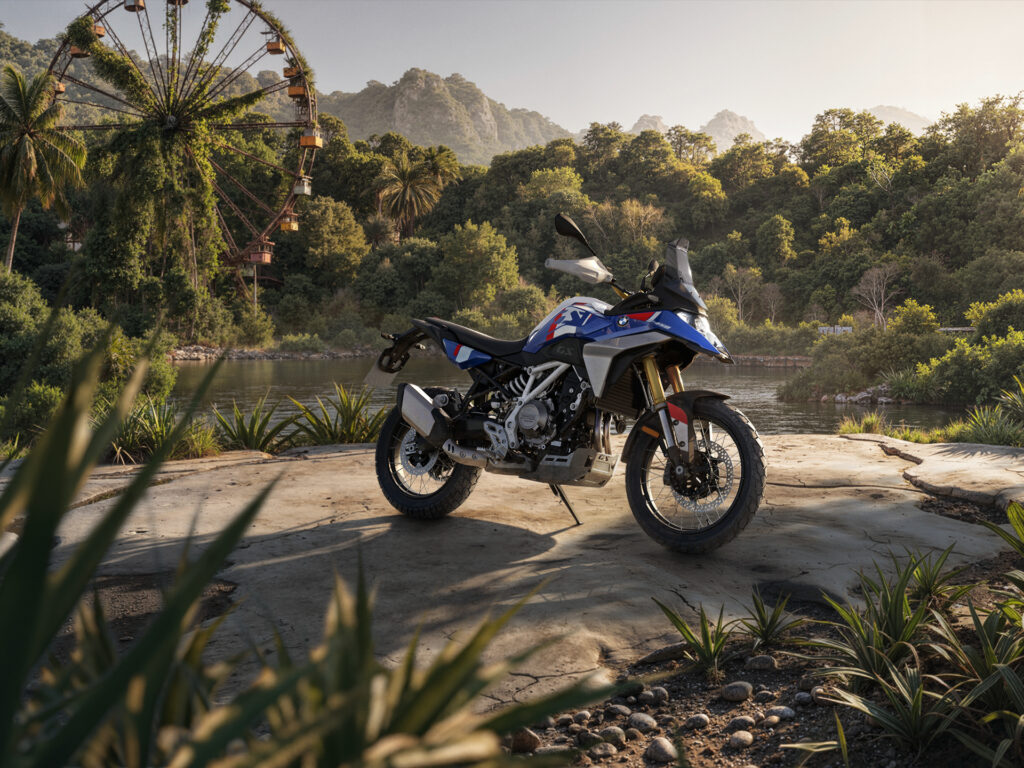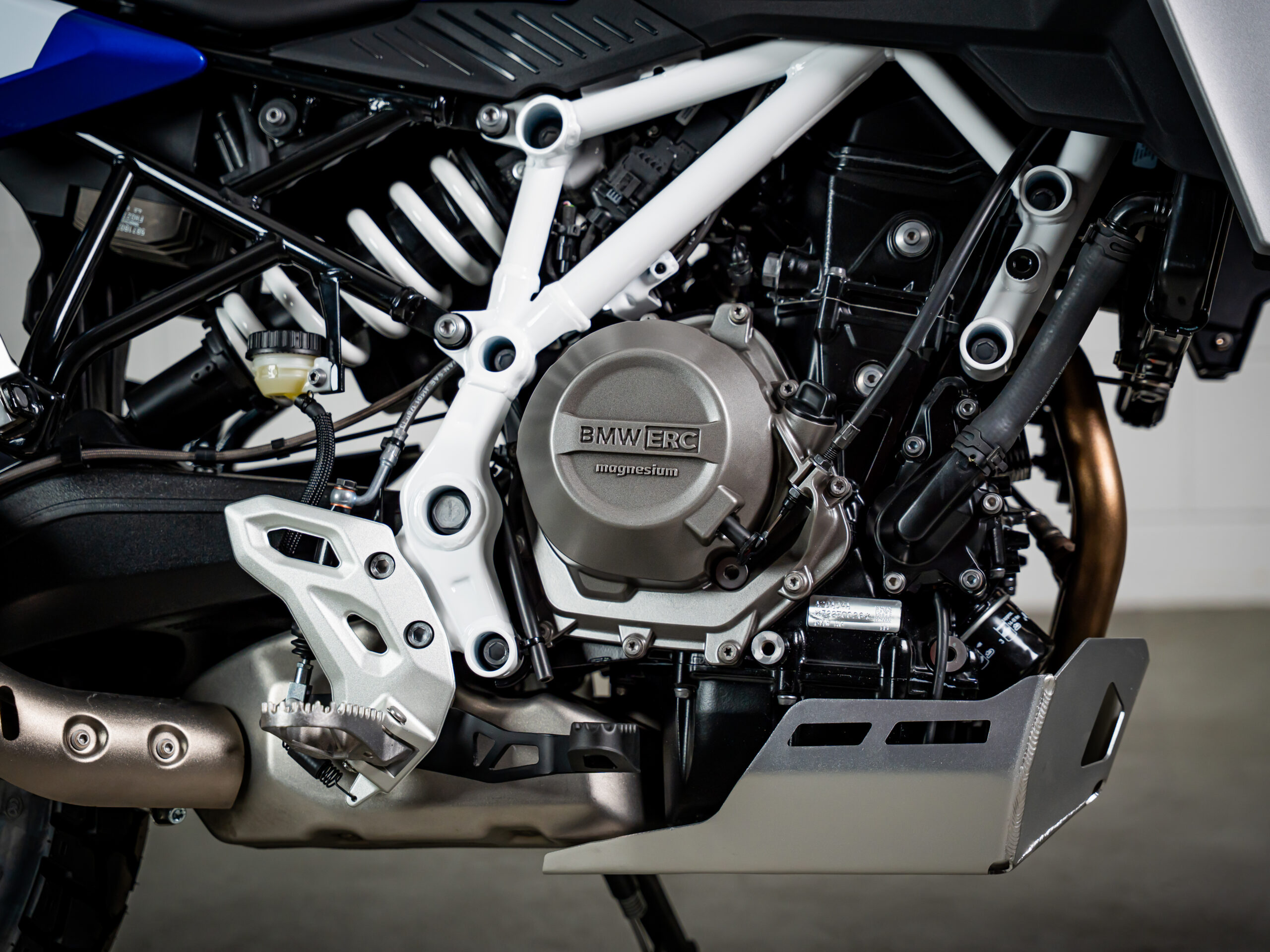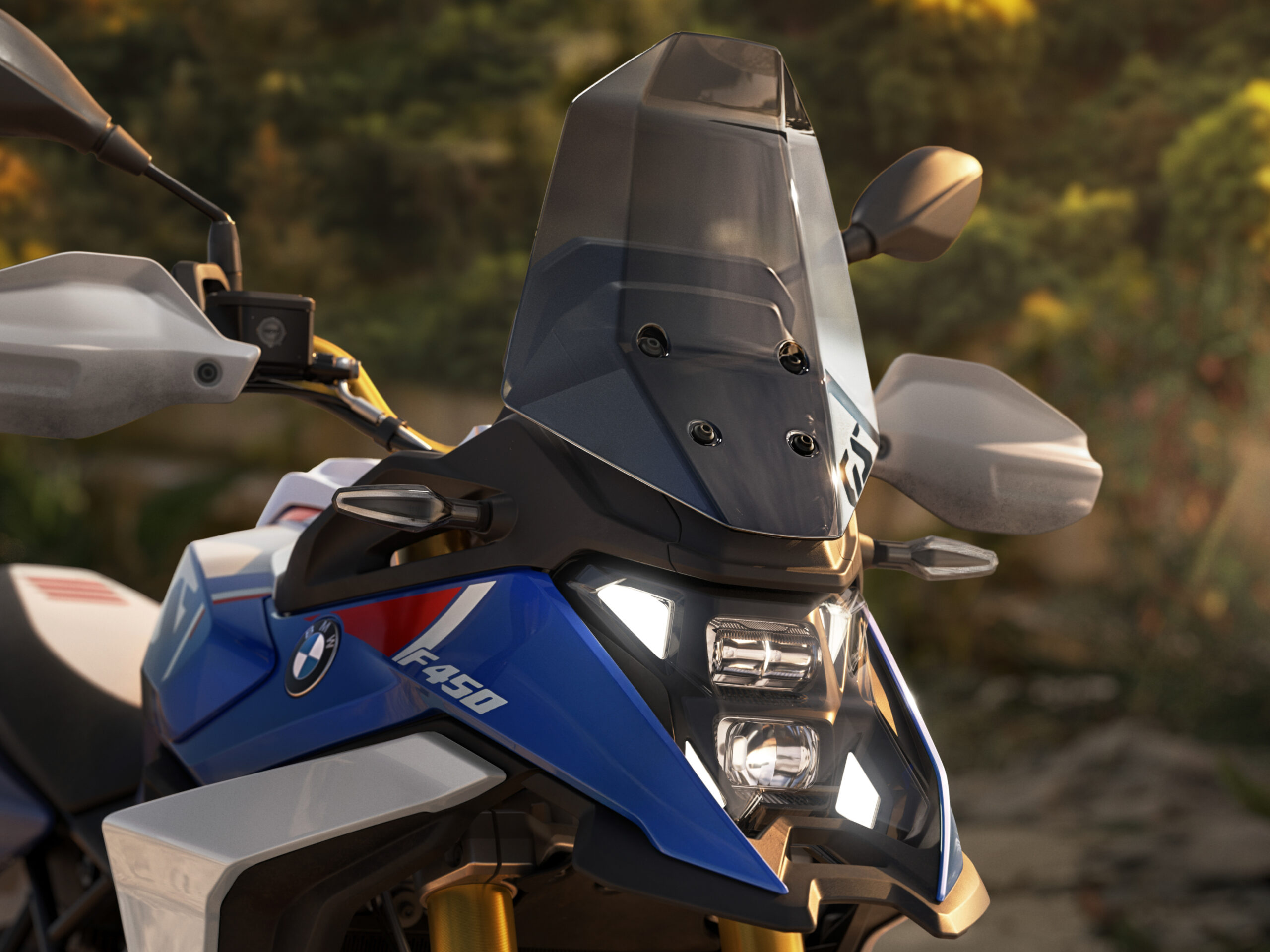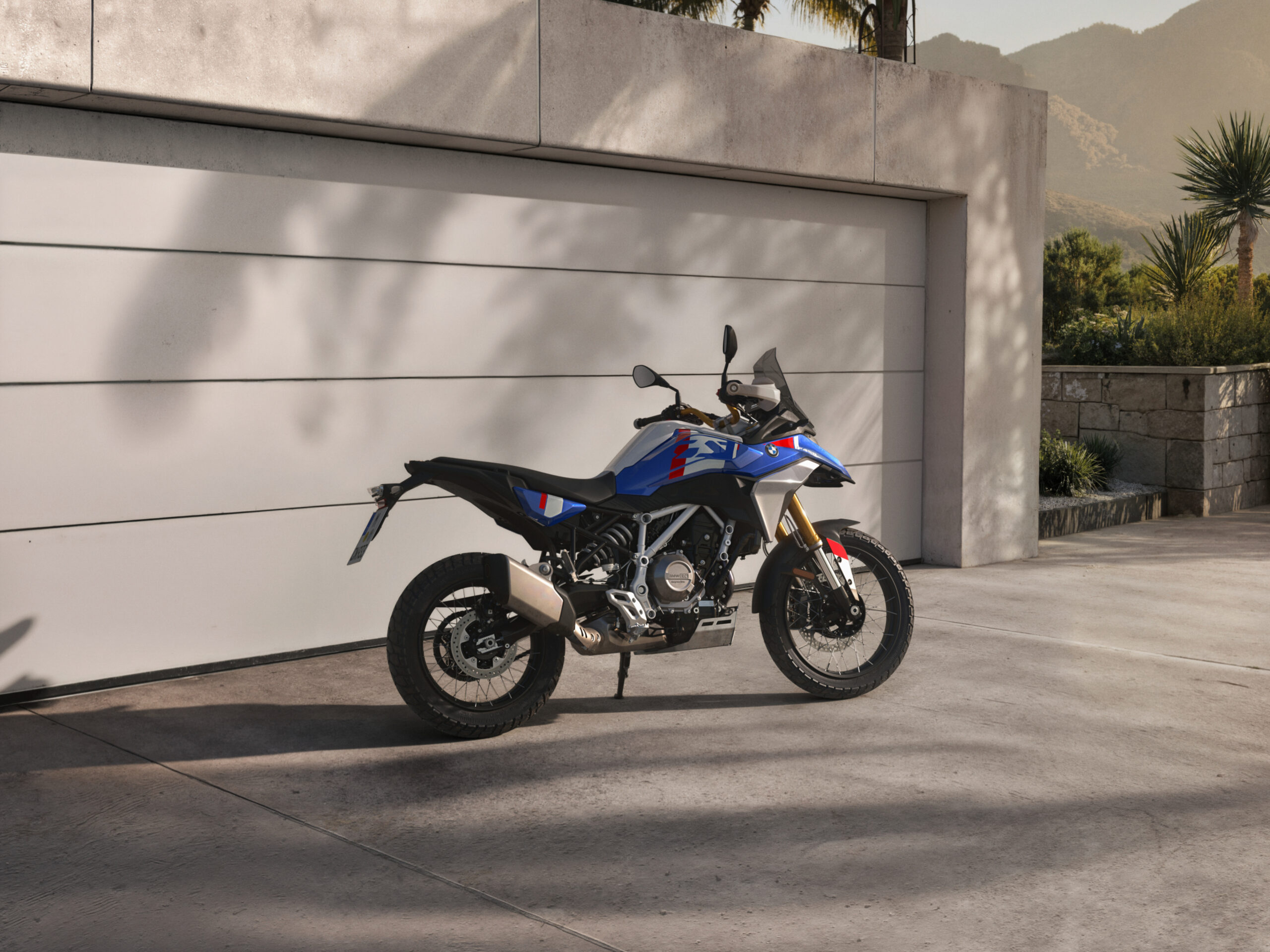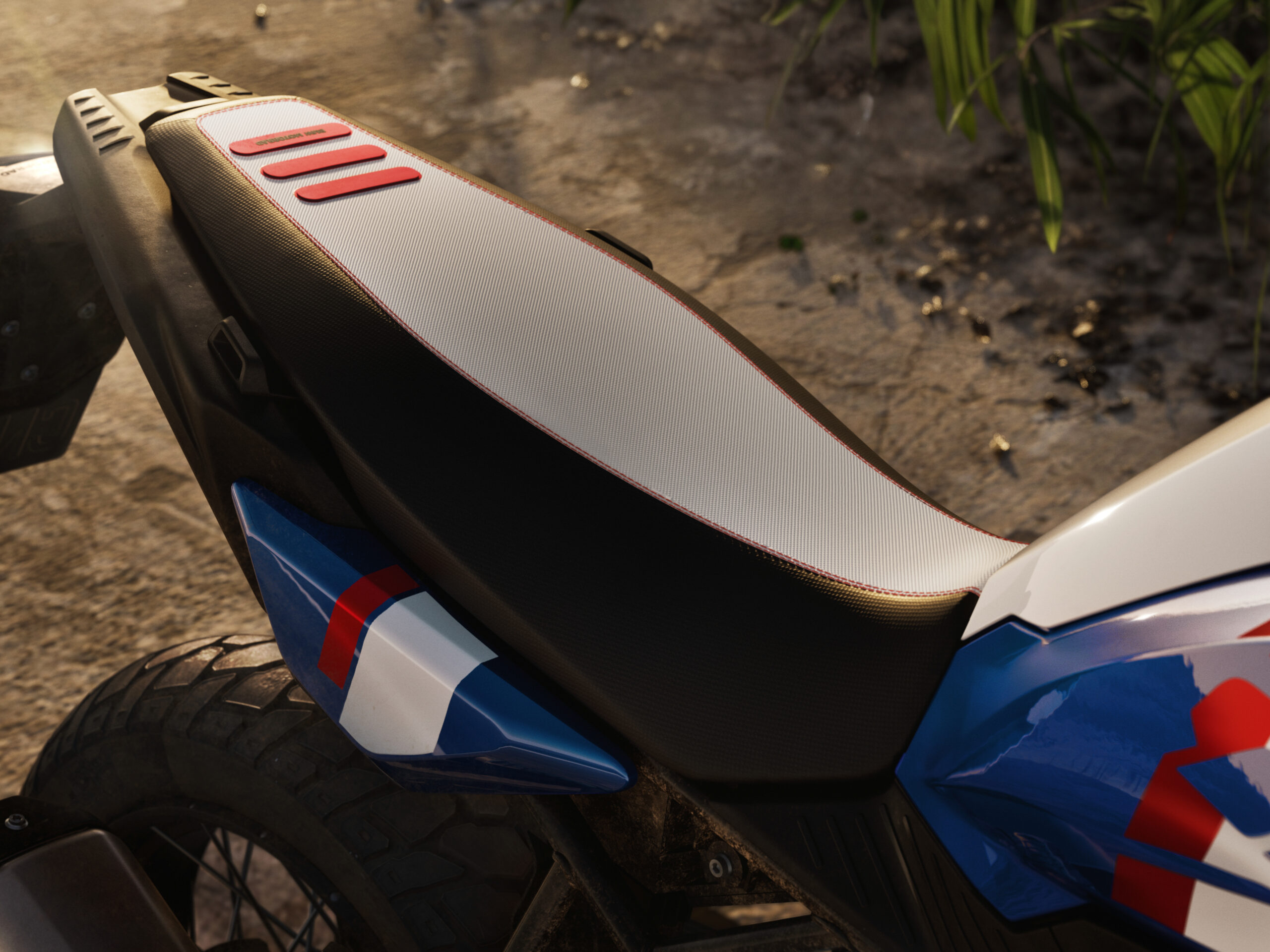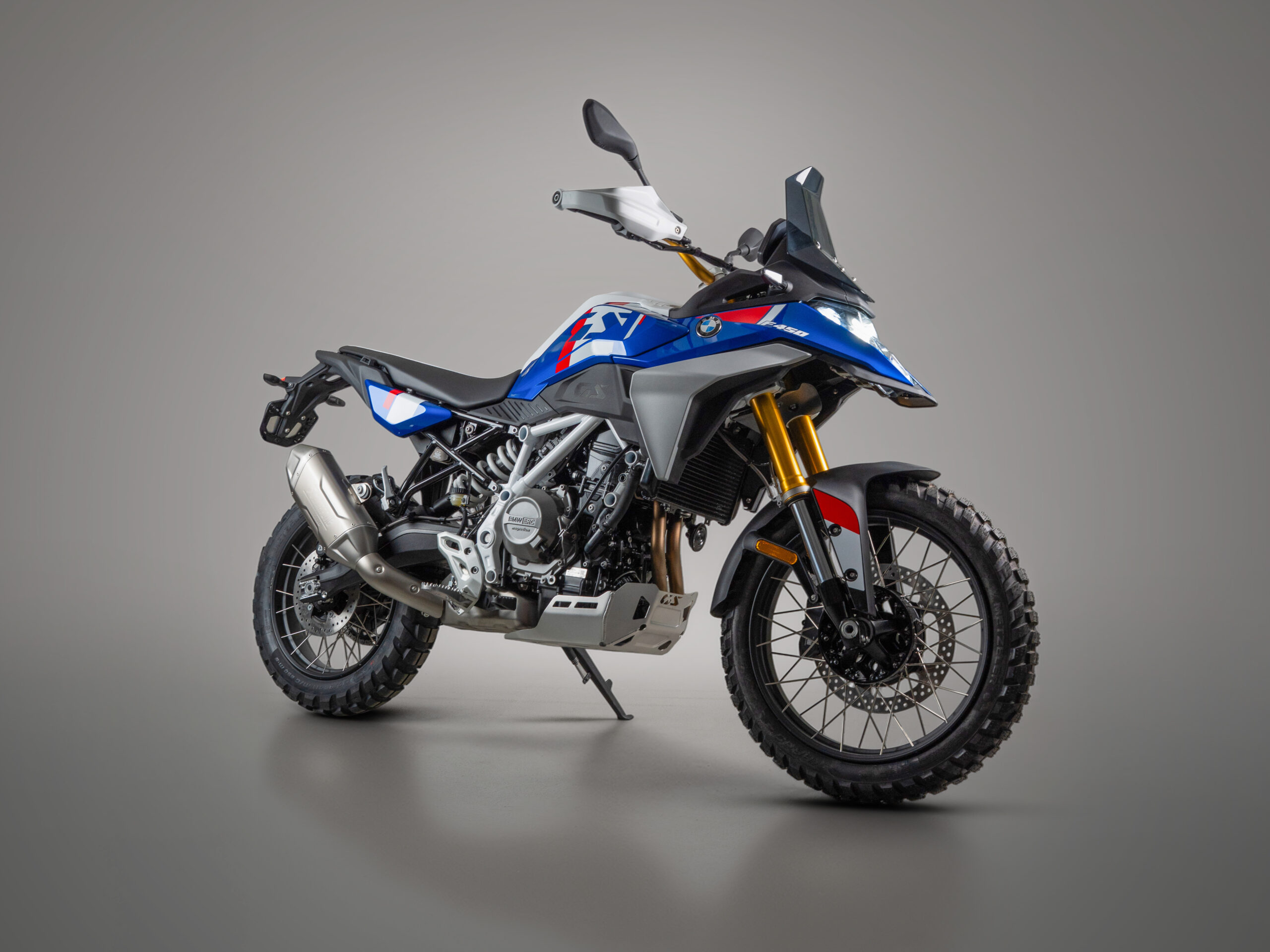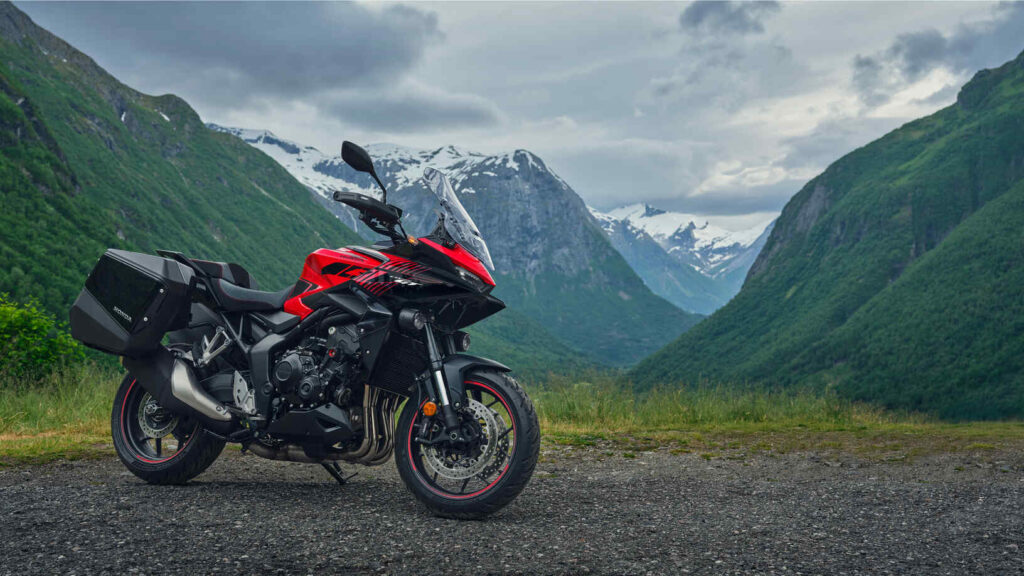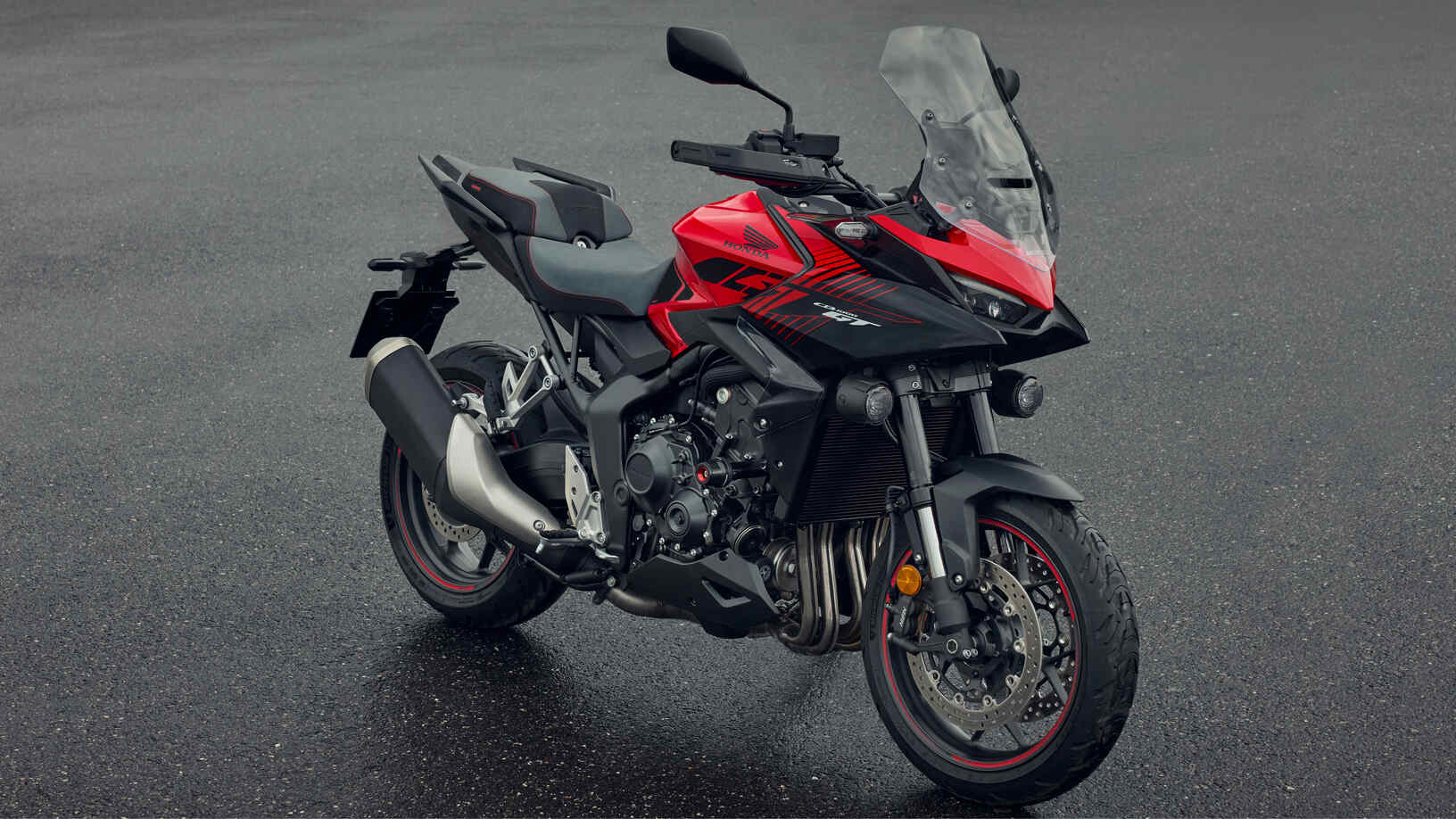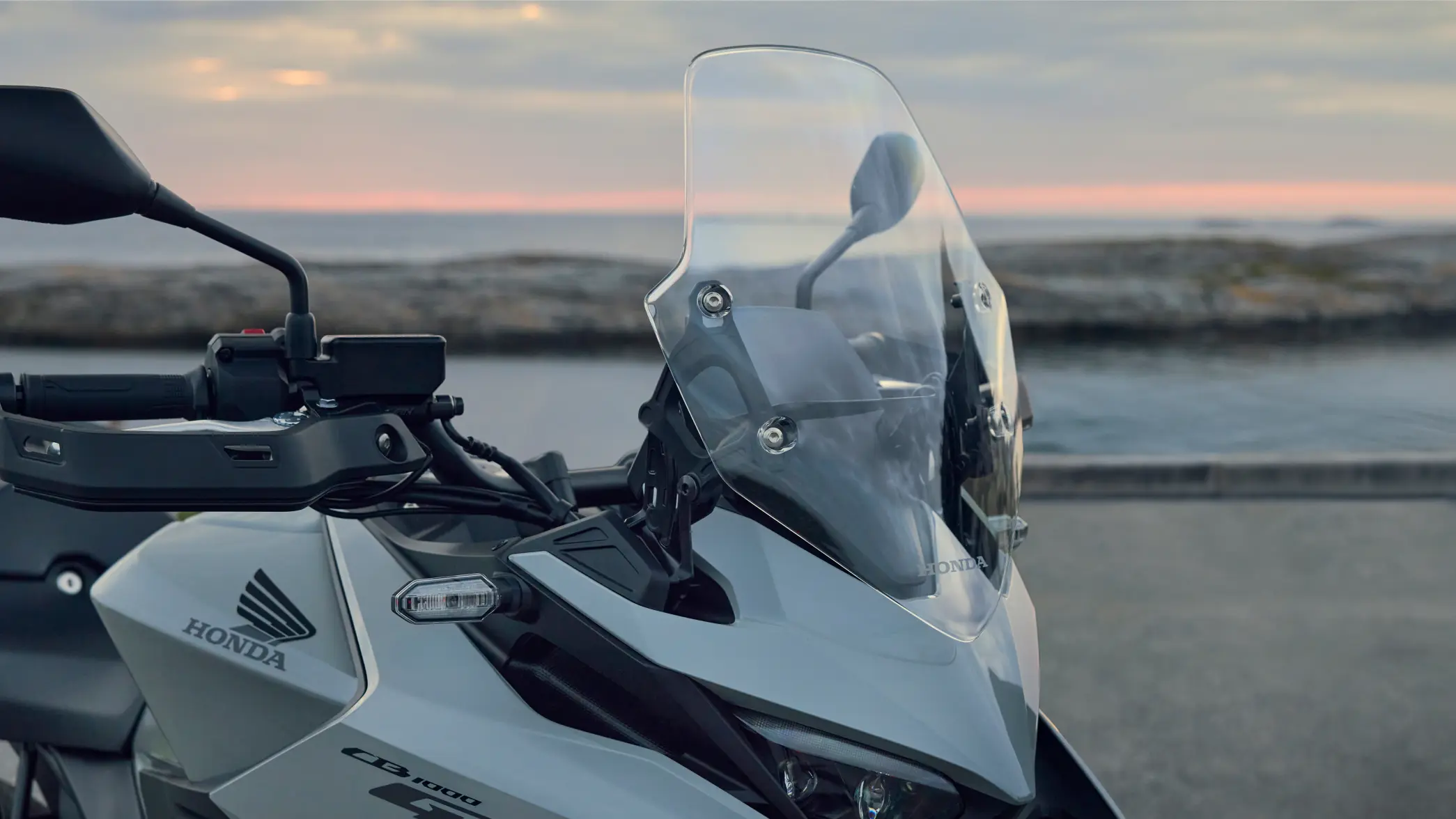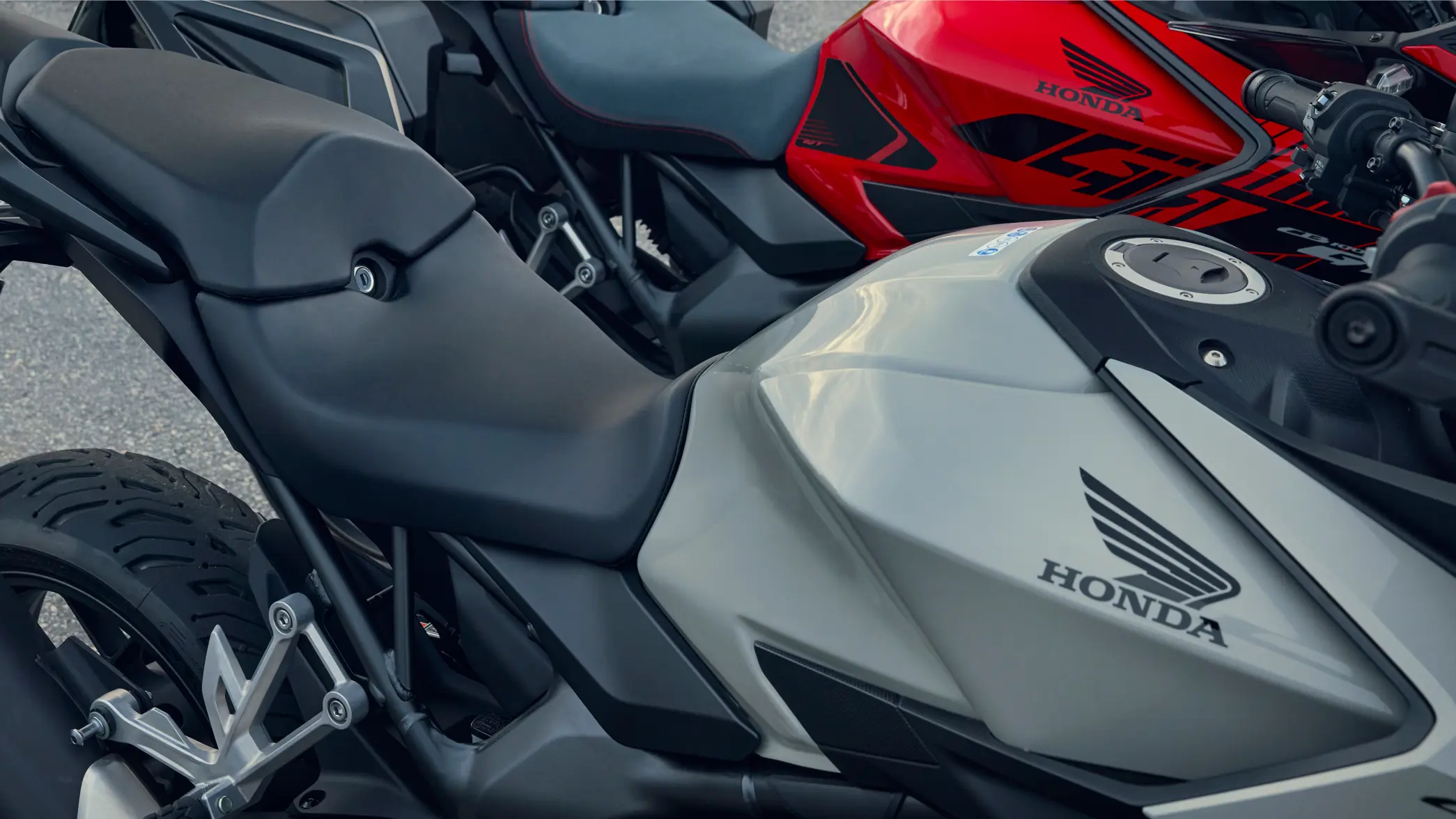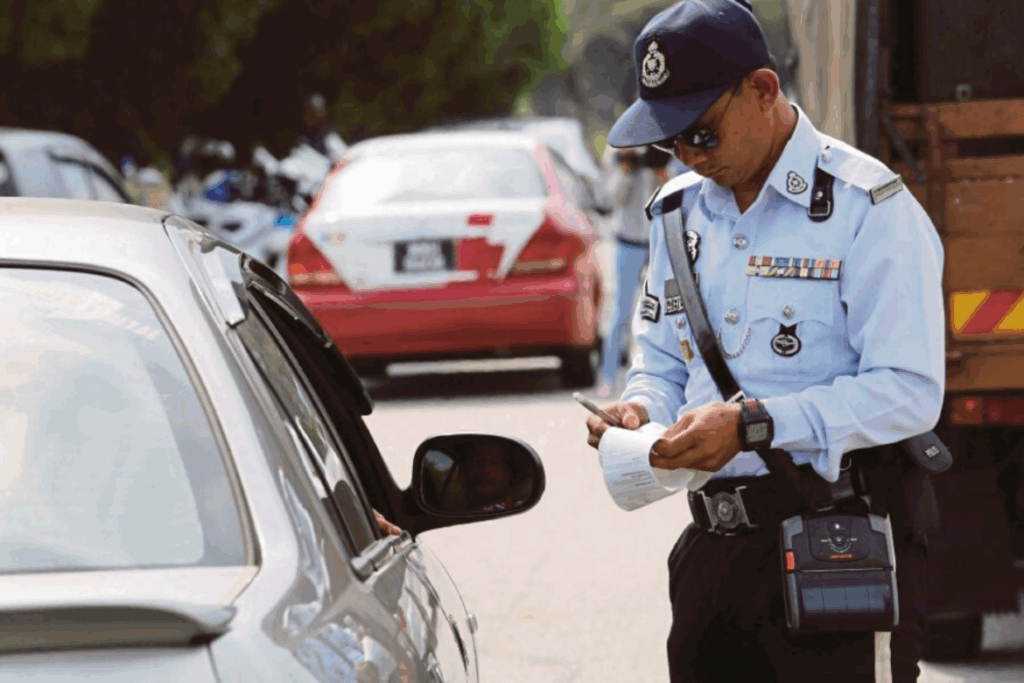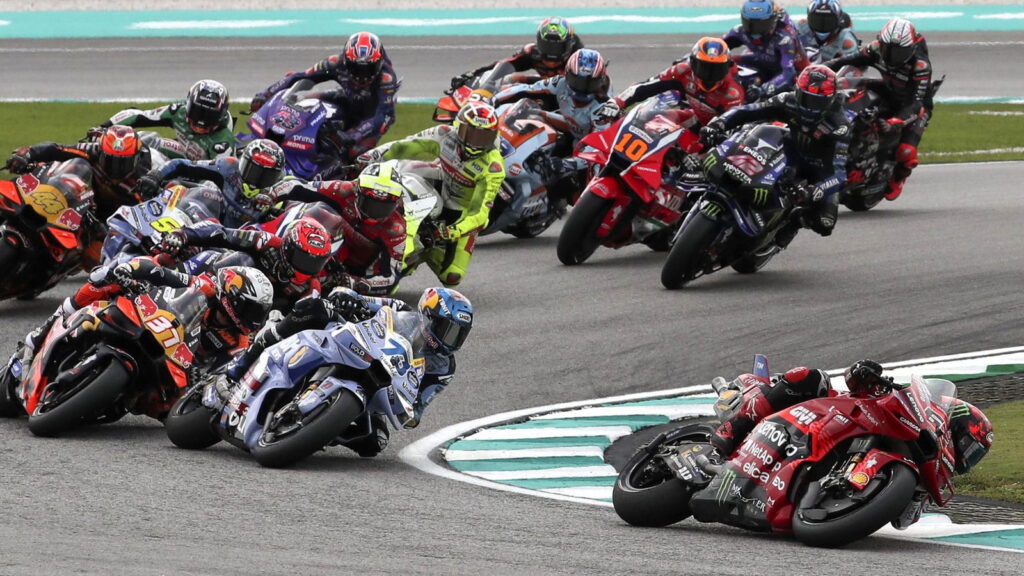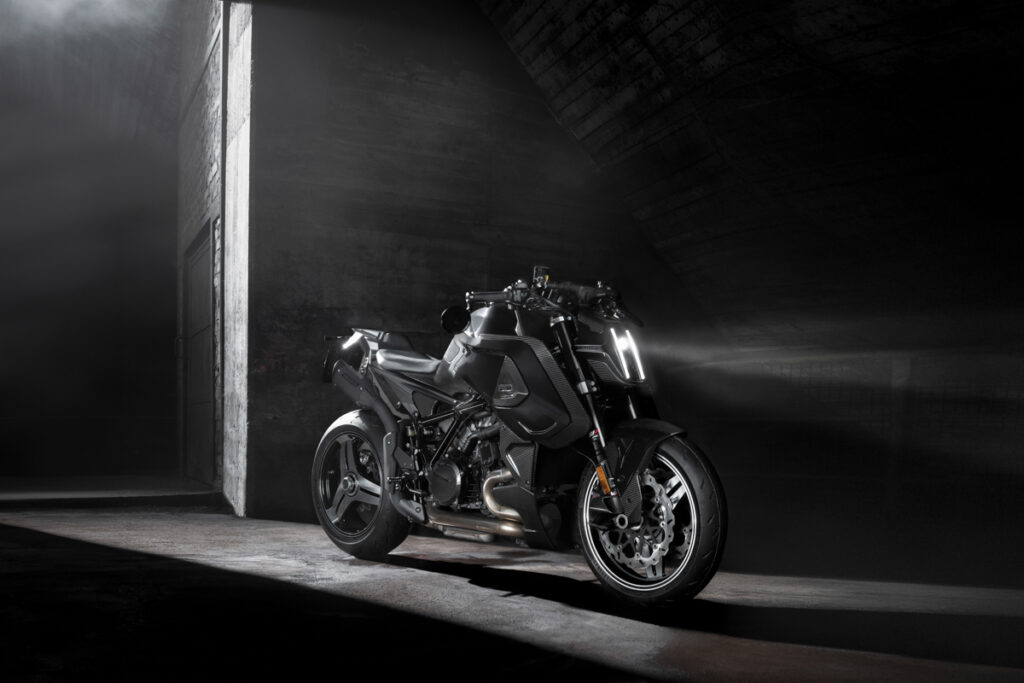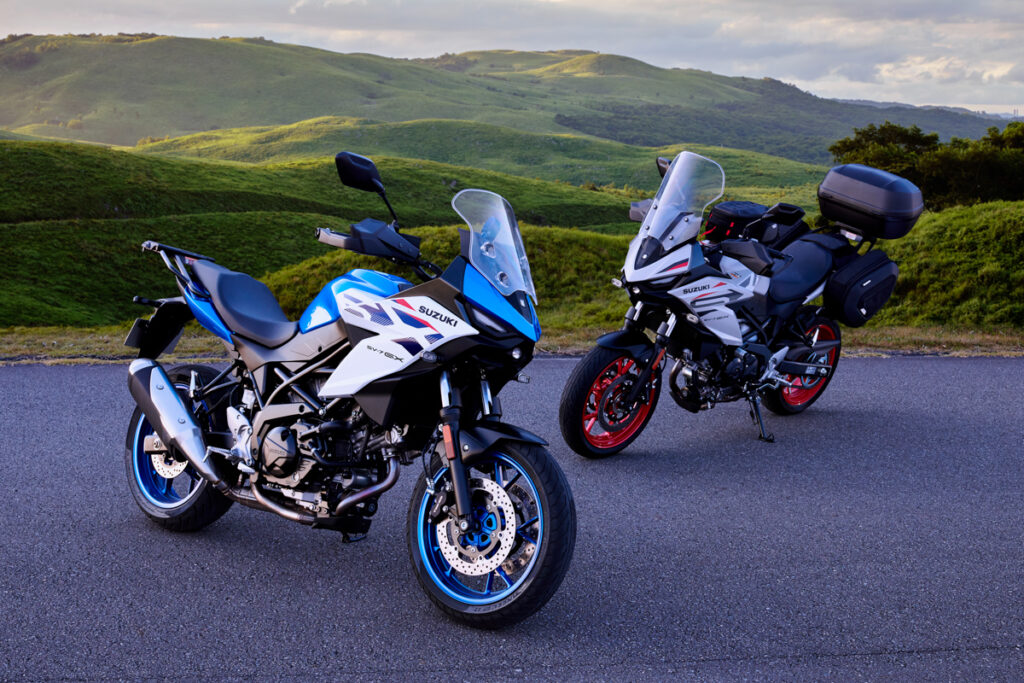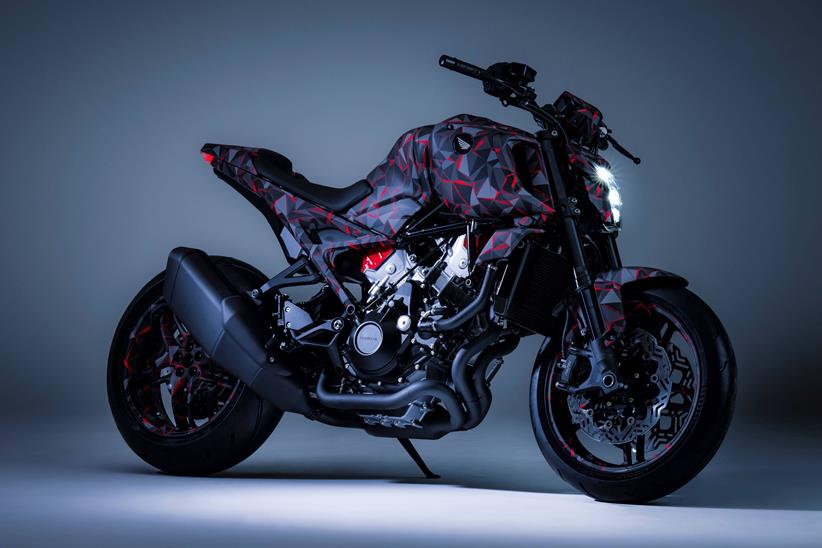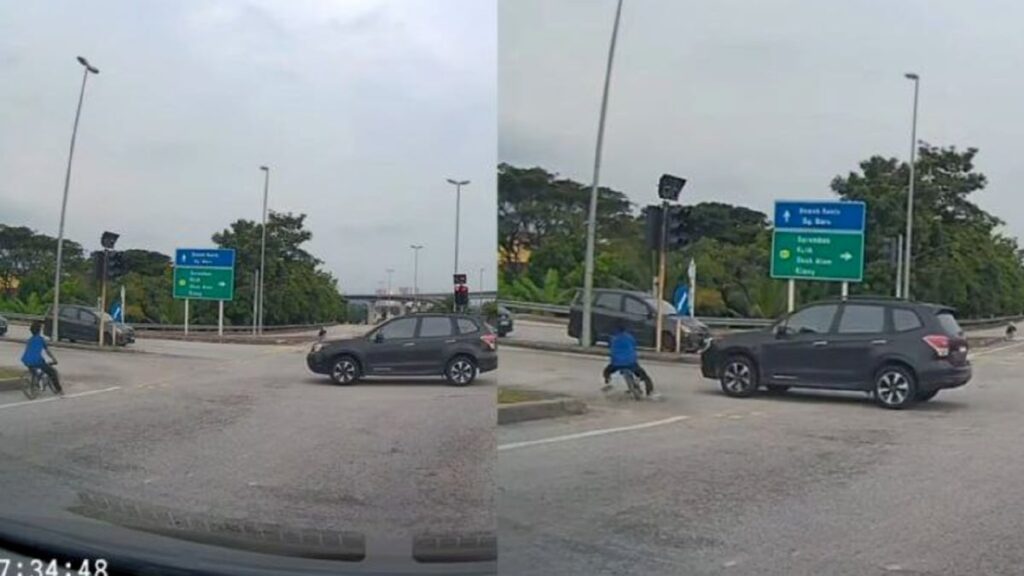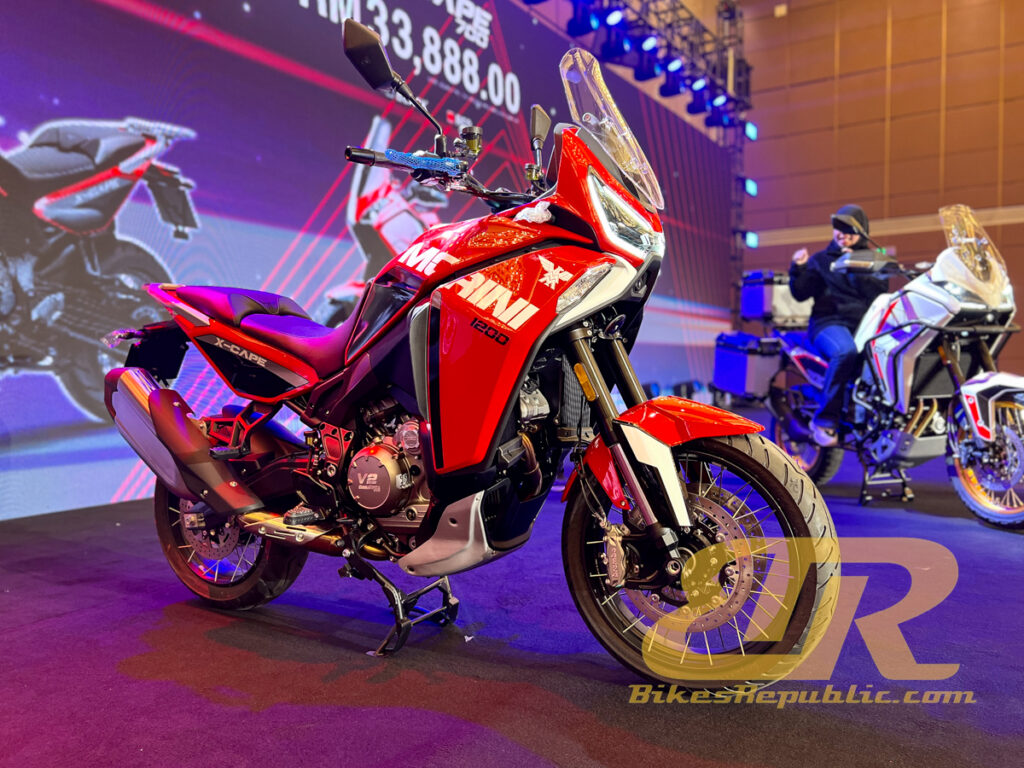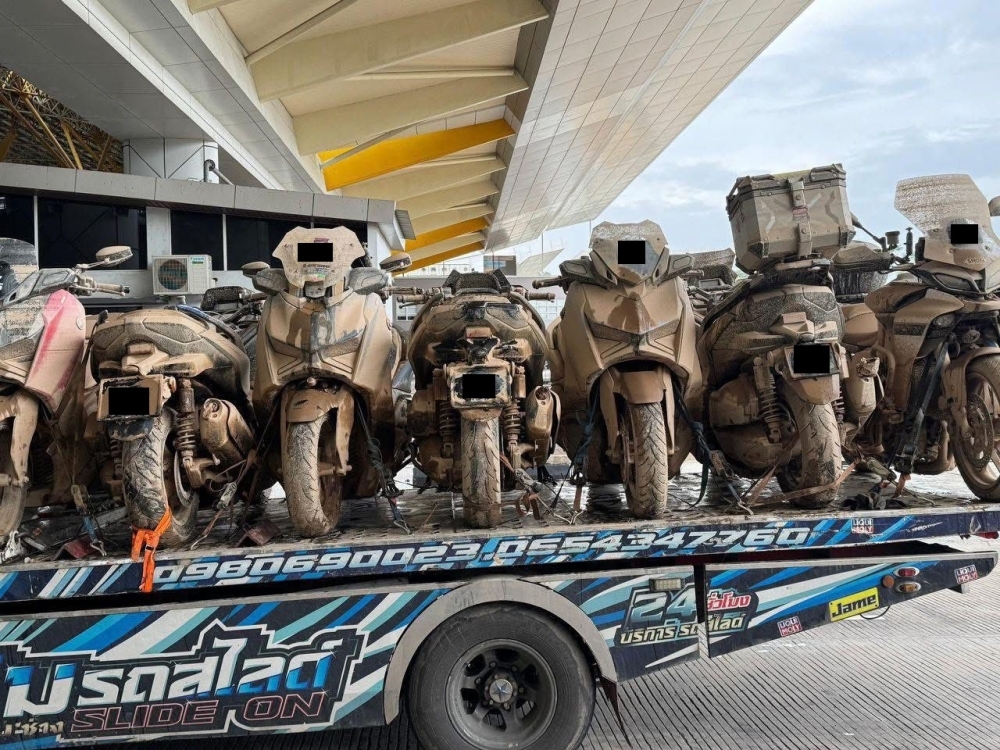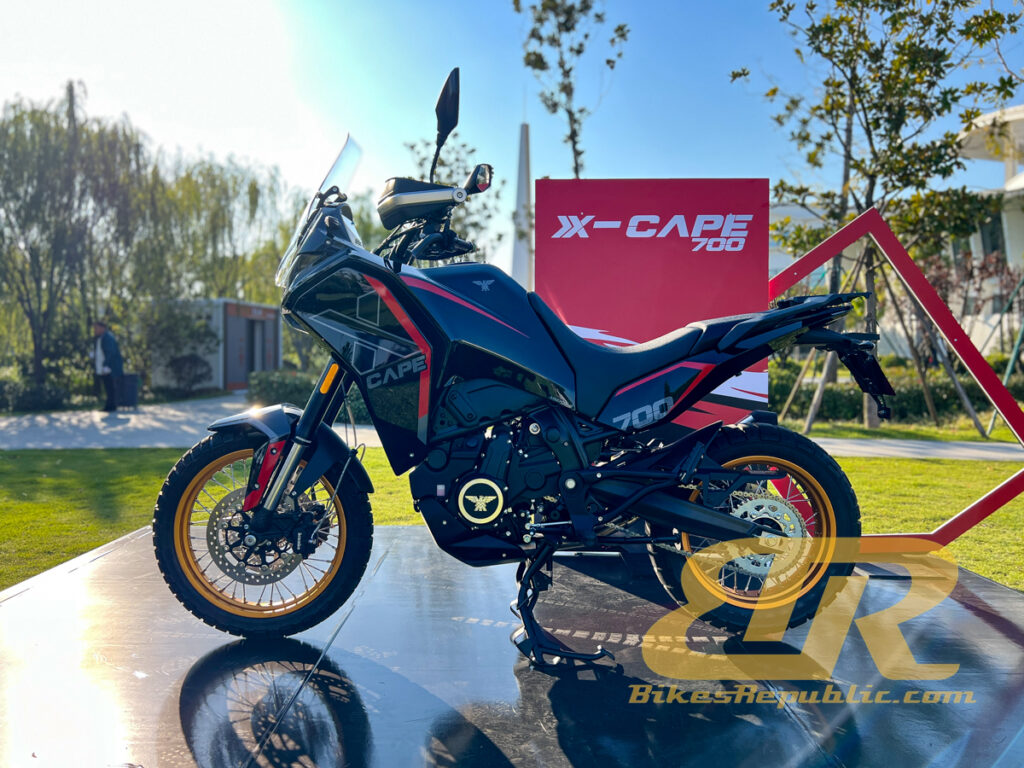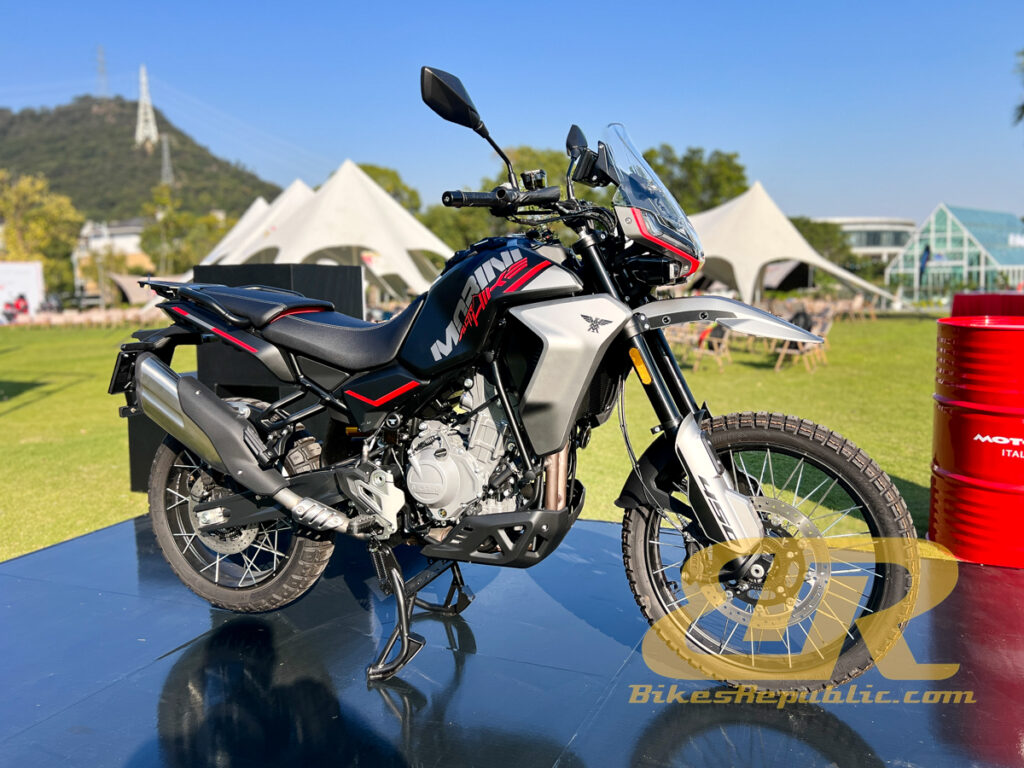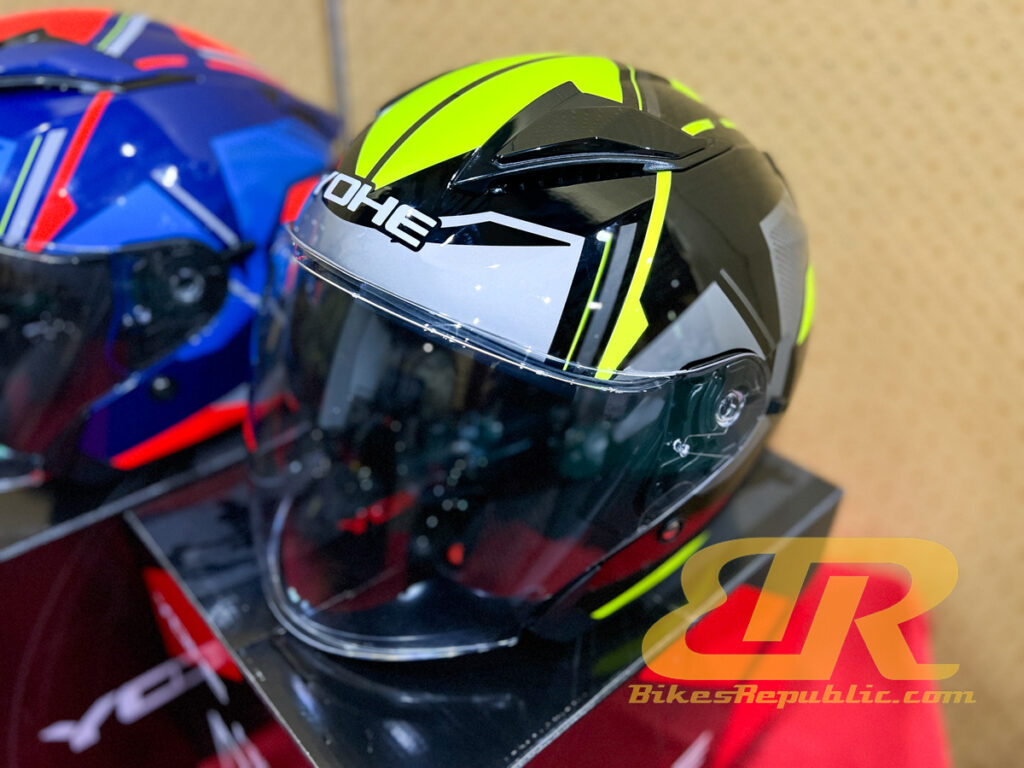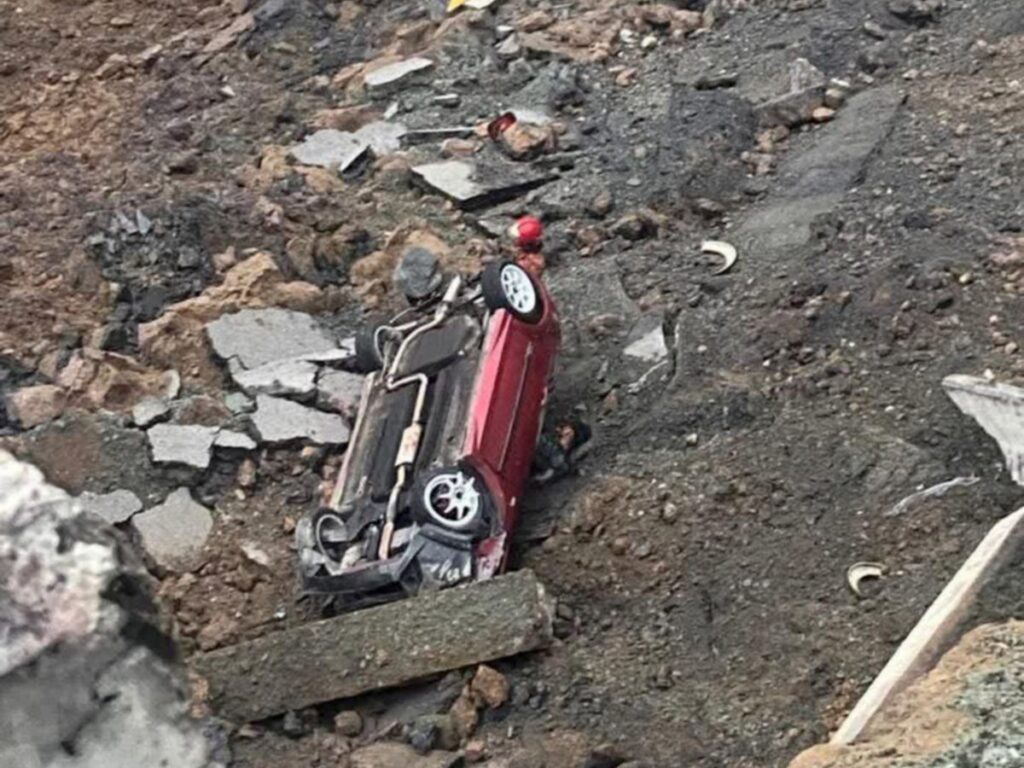Finally, after many months of teasers and “previews”, the BMW F 450 GS has been launched, at EICMA 2025.
This new bike promises nimble handling, great engine torque and power, and versatility both on- and off-road.
Highlights
- All-new 420cc, parallel-twin which produces 35 kW (48 hp) at 8,750 rpm and 43 Nm at 6,750 rpm.
- Yes, BMW Motorrad decided to go the multi-cylinder path instead of sticking with the single-cylinder format prevalent in this class.
- Also interestingly, this parallel-twin has a unique 135-degree crankshaft, instead of the 180-deg., 270-deg., or 360-deg. variety in other motorcycles.
- BMW claims that the powerplant consumes only 3.8 litres of fuel for every 100 km, which gives the bike a potential maximum range of “over 350 km” from its 14-litre tank.
- Apart from the engine, another nifty new feature is the Easy Ride Clutch (ERC).
- It is a centrifugal type clutch which allows idling and gear changes without needing to pull the clutch lever (like on smaller cc mopeds).
- The ERC is only fitted to GS Trophy variant and when combined with Shift Assistant Pro eliminates the need for manual clutch operation.
- However, the clutch lever is still retained, in case the rider wants to intervene during manoeuvring.
- BMW explains that the ERC, while based on the centrifugal clutch concept found on mopeds, is actually an “advanced” system as the clutch plates remain “closed during overrun.”
- The BMW F 450 GS offers three riding modes as standard: “Rain”, “Road” and “Enduro”, allowing the motorcycle to be adapted to suit individual preferences.
- Standard equipment also includes ABS Pro, Dynamic Brake Control (DBC), Dynamic Traction Control (DTC) and engine drag torque control (MSR).
- The additional “Enduro Pro” mode, which is used from the Exclusive equipment variant onwards, is designed for off-road use with coarse-tread off-road tires and allows the ABS on the rear wheel to be deactivated.
- The specially developed lattice-tube frame consists of welded steel tubes and forged parts.
- Suspension in front consists of 43mm KYB upside-down forks. The Sport and GS Trophy variants feature the so-called “sports suspension.” The fork is adjustable for rebound and compression damping.
- Rear wheel control is provided by a closed, hollow-cast aluminium double-sided swing arm, coupled with a directly connected KYB central spring strut (adjustable spring preload and rebound damping).
- Standard wheels on the BMW F 450 GS are cast aluminium but owners can opt for the Original BMW Motorrad Accessories cross-spoke wheels.
- Braking duty is handled by a floating single-disc brake with a Brembo 4-piston fixed caliper and a 310 mm brake disc up front, coupled to a single disc brake with 1-piston floating caliper and 240 mm diameter behind.
- BMW Motorrad ABS Pro is standard equipment, the feature provides lean-sensitive ABS braking.
- Dynamic Brake Control (DBC) offers increased safety when braking, by preventing unintentional throttle application.
- Footrests with adjustable gearshift and footbrake levers for optimal grip on and off-road.
- Adjustable hand levers as standard.
- Heated grips as standard.
- Powerful LED headlights and lights as standard.
- Connectivity with extensive options and exemplary functionality in the form of a large, perfectly legible 6.5-inch TFT display.
- Practical USB-C socket in the cockpit area.
